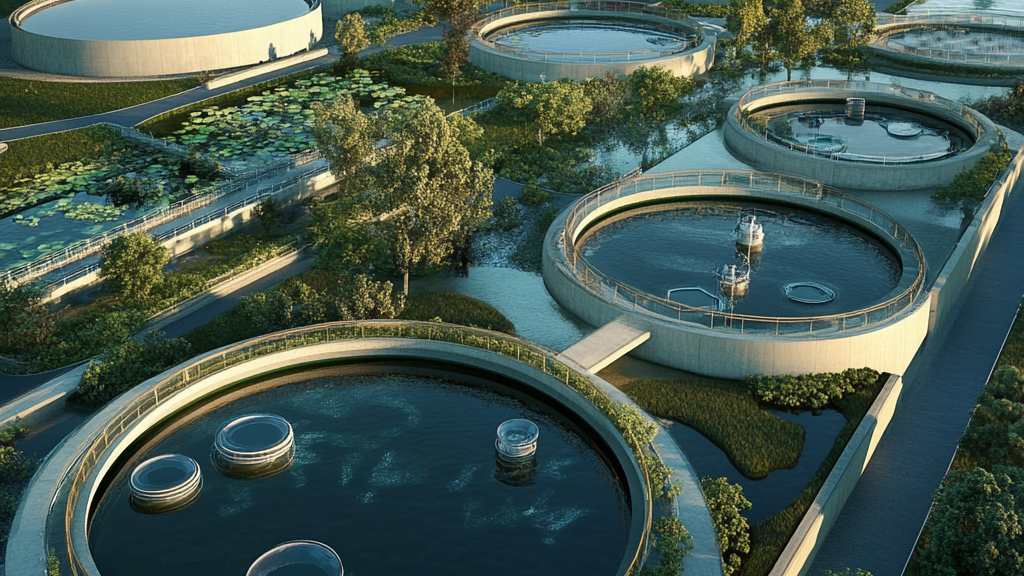I was hooked on OT Security from day one. During my first SCADA security assessment in 2000 we went out to see damns, pumping stations, turnouts and other physical systems along a canal. This was much more interesting than sitting in a conference room or a data center.
A couple of times a year I learn something, that is usually obvious in hindsight, about a physical process in one of the many sectors that uses OT.
- Natural gas is stored in depleted gas fields. They pump out the gas in the field and know how much they took. They then send gas from elsewhere via pipeline and put it into the ground for storage.
- Some glass plants, and other very hot processes, are built on a floor over a pit. In the case the process gets out of control the materials will melt the line, the floor, and go into the pit. Expensive, but potentially life saving.
- People taste pet food as a quality control.
- Many hydro plants use power to pump water upstream when electricity rates are low so it can flow through again and generate power when rates are high.
- Pipelines deliver many different products, and transitions between products. (This is the one I was most embarrassed for not realizing. I had the Alaska pipeline in mind as the standard pipeline.)
I learned another fascinating, and in hindsight obvious, fact in Singapore last week. PUB is Singapore’s water utility. PUB treats “used water” (wastewater) for reintroduction and reuse into the water supply because fresh water is limited and de-salinization is expensive. They call this NEWater. Parts of California are doing this slightly differently.
Talking with some people from PUB I mentioned this will need to be done more in the US, Phoenix and other areas with shortages. The problem, at least in the US, is public acceptance and related political / regulatory approval. Many people are squeamish about drinking treated wastewater regardless of the water purity results.
Then I learned … a large portion of the NEWater is used in manufacturing. It’s not used as potable (drinkable) water. This treated wastewater is better for manufacturing than potable water because it’s lower in organic and mineral content. The manufacturer can save about ~20% on chemicals, not to mention savings on equipment and systems, that would have been required to treat normal tap water. In theory, the water utility could also offer the NEWater at a lower price to the manufacturer as well.
But how do you get NEWater to the manufacturers? You build a second distribution system; pipes, pumps, SCADA, etc. The business case and preciousness of the water resource makes sense. Singapore has two separate water distribution systems.
The system for industry is not as widespread. It requires a certain density of use to make financial sense. Singapore’s density is a benefit, but areas around the world tend to have clusters of manufacturing because people typically don’t like to live adjacent to a factory.
If you have cybersecurity skills, are curious, and want to get out and see new things, OT security could be a great career for you.

